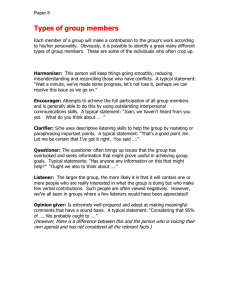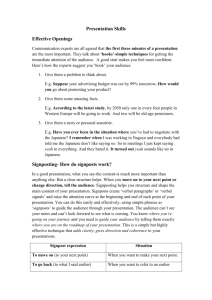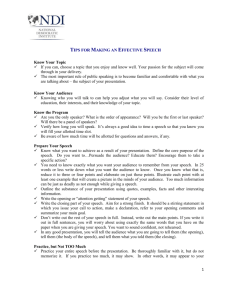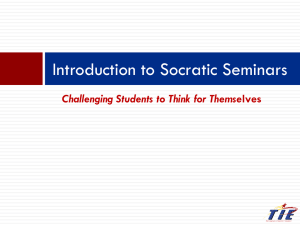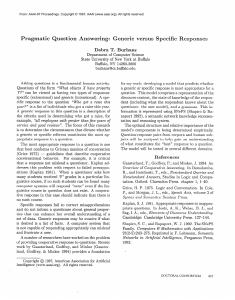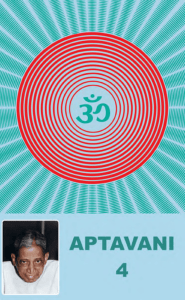Orit Zuckerman Assignment 4 Assessing deep engagement with an interactive art piece. Hypothesis:
advertisement
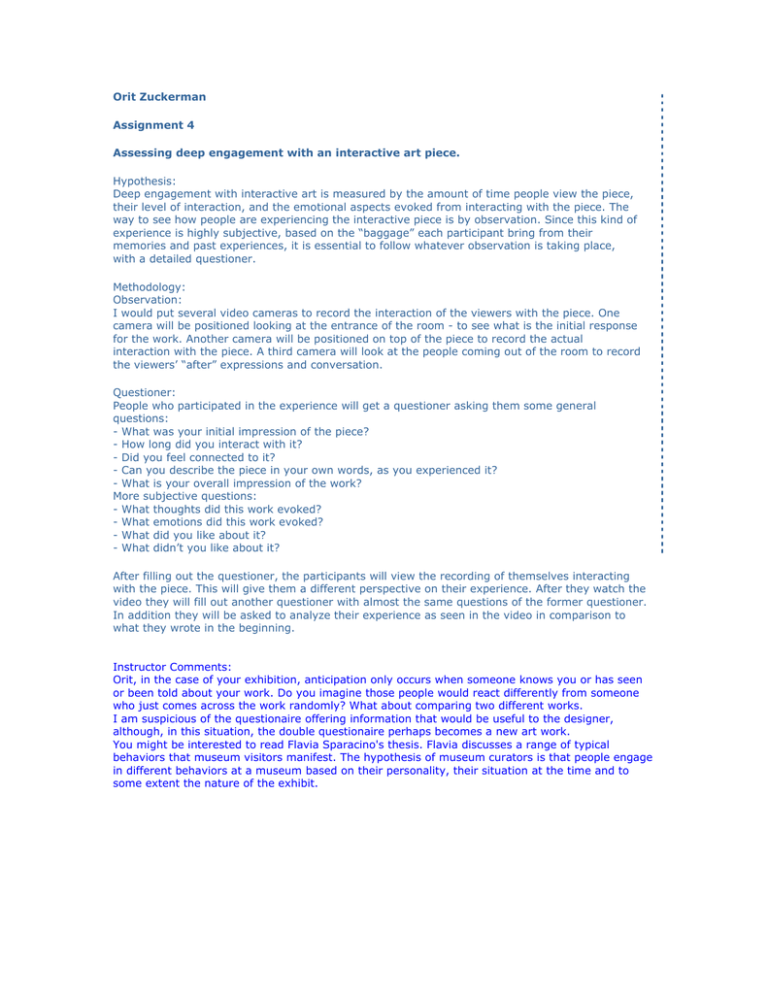
Orit Zuckerman Assignment 4 Assessing deep engagement with an interactive art piece. Hypothesis: Deep engagement with interactive art is measured by the amount of time people view the piece, their level of interaction, and the emotional aspects evoked from interacting with the piece. The way to see how people are experiencing the interactive piece is by observation. Since this kind of experience is highly subjective, based on the “baggage” each participant bring from their memories and past experiences, it is essential to follow whatever observation is taking place, with a detailed questioner. Methodology: Observation: I would put several video cameras to record the interaction of the viewers with the piece. One camera will be positioned looking at the entrance of the room - to see what is the initial response for the work. Another camera will be positioned on top of the piece to record the actual interaction with the piece. A third camera will look at the people coming out of the room to record the viewers’ “after” expressions and conversation. Questioner: People who participated in the experience will get a questioner asking them some general questions: - What was your initial impression of the piece? - How long did you interact with it? - Did you feel connected to it? - Can you describe the piece in your own words, as you experienced it? - What is your overall impression of the work? More subjective questions: - What thoughts did this work evoked? - What emotions did this work evoked? - What did you like about it? - What didn’t you like about it? After filling out the questioner, the participants will view the recording of themselves interacting with the piece. This will give them a different perspective on their experience. After they watch the video they will fill out another questioner with almost the same questions of the former questioner. In addition they will be asked to analyze their experience as seen in the video in comparison to what they wrote in the beginning. Instructor Comments: Orit, in the case of your exhibition, anticipation only occurs when someone knows you or has seen or been told about your work. Do you imagine those people would react differently from someone who just comes across the work randomly? What about comparing two different works. I am suspicious of the questionaire offering information that would be useful to the designer, although, in this situation, the double questionaire perhaps becomes a new art work. You might be interested to read Flavia Sparacino's thesis. Flavia discusses a range of typical behaviors that museum visitors manifest. The hypothesis of museum curators is that people engage in different behaviors at a museum based on their personality, their situation at the time and to some extent the nature of the exhibit.
